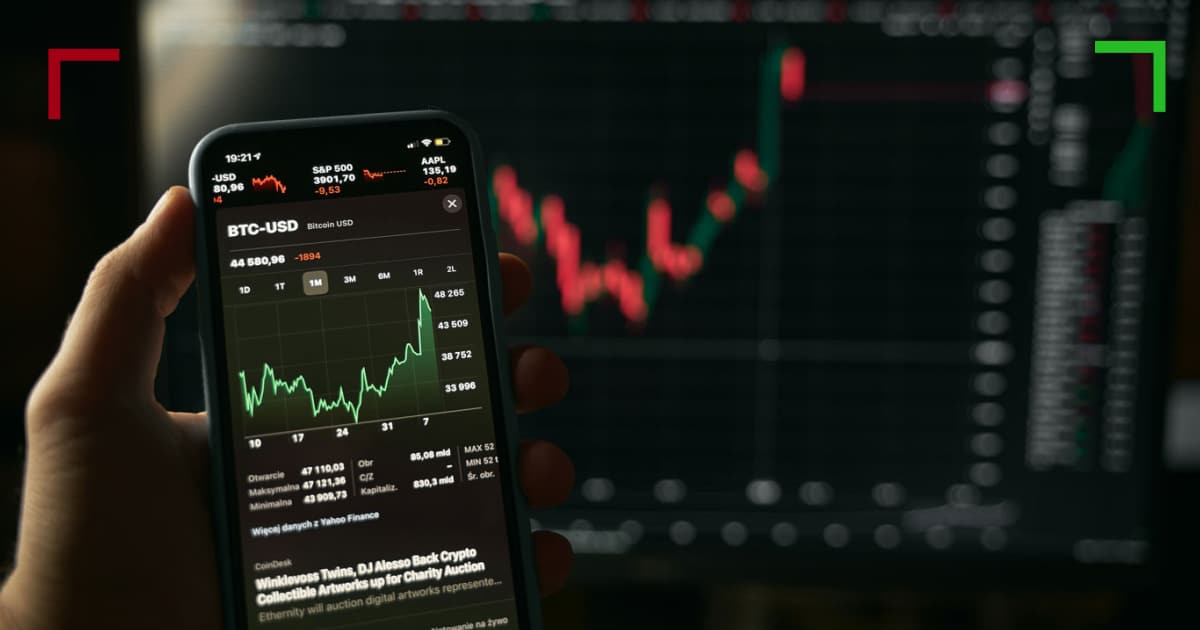
Understanding Crypto Futures Trading Strategies and Insights

Understanding Crypto Futures Trading: Strategies and Insights
In the world of cryptocurrency, a new avenue has emerged that allows traders to speculate on the future price movements of their favorite cryptocurrencies without actually owning the underlying assets. This avenue is known as Crypto Futures Trading. In this article, we will delve deep into what crypto futures trading is, how it works, the strategies involved, and the risks and rewards associated with this rapidly growing form of trading. If you’re looking to expand your trading toolbox and potentially increase your profits in the volatile crypto market, Crypto Futures Trading click here to learn more!
What is Crypto Futures Trading?
Crypto futures trading involves contracts that allow traders to buy or sell a specific amount of a cryptocurrency at a predetermined price on a specified future date. This form of trading is quite popular among experienced traders because it provides opportunities for both profit and hedging against price volatility. Unlike traditional spot trading where the actual cryptocurrency is bought and sold, futures trading focuses on the agreement to trade at a future date.
How Does Crypto Futures Trading Work?
In a futures contract, traders agree to buy or sell a specific asset at a future date for a specific price. The main components of a futures contract include the underlying asset (in this case, cryptocurrencies like Bitcoin and Ethereum), expiration date, contract size, and the price at which the trade will occur.
When a trader enters a futures position, they can take either a long (buy) or short (sell) position. A long position benefits from price increases, while a short position profits when prices decrease. The leverage offered in crypto futures trading can amplify both potential gains and losses, making it essential for traders to manage their risk effectively.
Benefits of Crypto Futures Trading
The main advantage of trading futures is the ability to capitalize on price movements without owning the underlying asset. Here are several benefits that come with crypto futures trading:
- Leverage: Futures trading allows traders to put down a fraction of the total contract value (margin) to gain exposure to a larger position. This can amplify gains.
- Short Selling: Traders can profit from price declines by shorting futures contracts, which isn’t possible in spot trading.
- Hedging: Futures contracts can serve as a hedge against adverse price movements in an existing position.
- Diverse Strategies: The ability to employ various trading strategies, such as arbitrage and spread trading, enhances potential profit sources.
Common Strategies in Crypto Futures Trading
There are several strategies that traders can employ to navigate the futures market effectively. Understanding these strategies can help traders maximize returns while mitigating risks.
1. Day Trading

Day trading involves opening and closing trades within the same trading day. This strategy capitalizes on short-term price movements. Day traders often utilize technical analysis, looking for patterns and indicators that provide signals on when to enter and exit trades.
2. Swing Trading
Swing trading seeks to capture price swings in the market. Traders hold futures contracts for a longer period—usually days or weeks—awaiting the right opportunity to make a profit based on market momentum.
3. Arbitrage
Arbitrage involves taking advantage of price discrepancies between different markets or exchanges. Traders buy the cryptocurrency on one exchange and simultaneously sell it on another at a higher price, thereby realizing a profit.
4. Hedging
Hedging is a strategy employed to reduce the risk of adverse price movements. Traders can use futures contracts to offset potential losses in their spot positions, providing a safety net against market volatility.
Risks in Crypto Futures Trading
While trading futures can be profitable, it is not without risks. Traders should be aware of the potential downsides before diving into the crypto futures market. Here are some key risks to consider:
- Market Volatility: Cryptocurrencies are known for their price volatility. Sudden price swings can lead to significant losses, especially for highly leveraged positions.
- Leverage Risk: While leverage can amplify profits, it can also magnify losses. Traders can lose more than their initial investment if positions go against them.
- Market Liquidity: During periods of high volatility, liquidity can diminish, leading to challenges in executing trades at desired prices.
- Emotional Decision-Making: Trading on emotion can lead to irrational decisions. Maintaining discipline and following a trading plan is essential to long-term success.
Conclusion
Crypto futures trading offers an exciting opportunity for traders to speculate on the future price movements of cryptocurrencies, leverage their investments, and implement diverse trading strategies. However, it is critical for traders to understand the inherent risks and market dynamics. By deploying proper risk management practices, honing their strategies, and staying informed, traders can navigate the crypto futures market with greater confidence. As you embark on your trading journey, remember that education and experience are key components to becoming a successful trader in the dynamic world of crypto futures trading.
